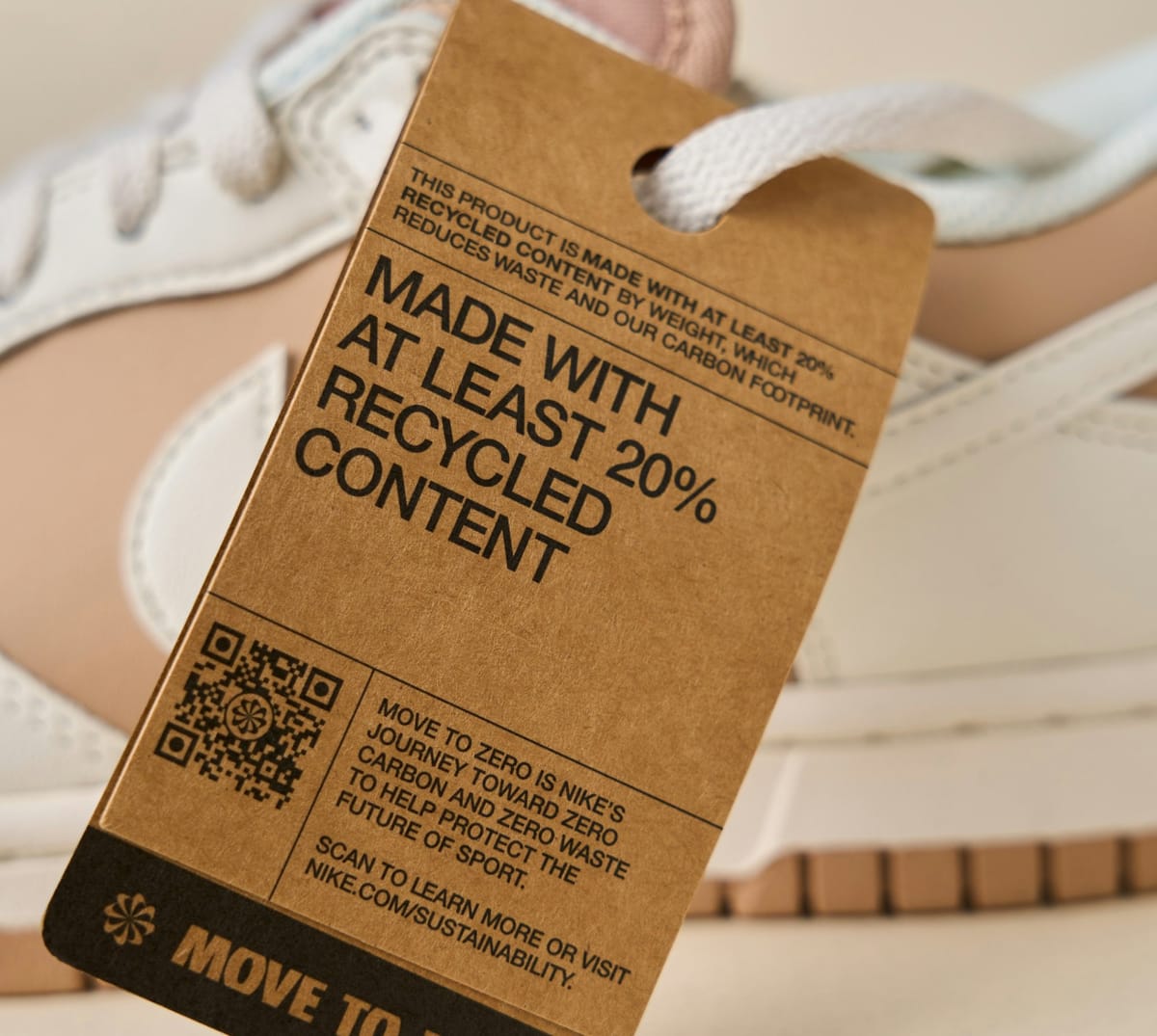Digital Twins: Revolutionizing Fashion from Concept to Closet

As the fashion industry grapples with its environmental impact, digital twins emerge as a powerful tool for promoting sustainability and circularity. Digital twins are virtual replicas of physical products, created using data from various sources such as design files, production processes, and real-time sensor information. These counterparts mirror the entire lifecycle of a product, providing unprecedented insights and opportunities for optimization.
To illustrate the potential of digital twins, let's consider how they could transform the lifecycle of a Nike sneaker. By creating a digital twin during the design and development phase, designers can experiment with materials, colors, and styles without physical prototypes, thus speeding up the design process and reducing waste.
In fact, the development of the Nike Air Max Scorpion involved 3D, virtual-reality design software, computational design and engineering tools, plus machine learning and digital-twin technology.
During production, the digital twin can be used to optimize processes and track the sneaker through the supply chain, ensuring transparency and accountability. Moreover, by embedding products with unique identifiers and tracking them through the supply chain, brands can offer customers detailed information about the origins, manufacturing processes, and environmental impact of their purchases.
Upon purchase, consumers can access the sneaker's digital twin for detailed information about its origins and environmental impact, empowering them to make more informed choices and holding brands like Nike accountable.
Facilitating Upcycling and Reselling with Digital Twins
One of the most promising applications of digital twins in fashion is enabling and streamlining upcycling and reselling. With the rise of conscious consumerism, more shoppers seek out second-hand, vintage, and upcycled clothing to reduce their environmental footprint.
Digital twins provide detailed information about a garment's history, materials, and condition. By scanning a QR code or NFC tag, consumers access its digital twin to see its entire lifecycle – from design and production to subsequent owners and upcycling efforts.
If consumers decide to resell or upcycle the sneaker, the digital twin facilitates the process by providing potential buyers with a comprehensive overview of its history and condition, thus increasing its value and desirability.
Furthermore, digital twins aid brands and designers in creating clothing with upcycling and reselling in mind. By designing garments that are easily disassembled, repaired, and remade, they extend the product lifecycle and reduce waste.
Transforming Waste Management and Sorting with Digital Twins
Digital twins also revolutionize waste management and sorting in the fashion industry. With an estimated 92 million tonnes of textile waste ending up in landfills annually, efficient sorting and recycling are crucial.
Digital twins can provide detailed information about garment materials and components, allowing waste management facilities to quickly and accurately sort based on fiber composition, color, and other attributes, thus streamlining the process and increasing recycling rates.
Moreover, digital twins help brands design clothing with end-of-life in mind, making recycling more efficient by using single materials or separable components.
The Future of Fashion: Digital Twins and Circularity
As the fashion industry evolves, digital twins play an increasingly important role in promoting sustainability and circularity. Realizing the full potential of digital twins requires collaboration and investment from brands, consumers, and waste management facilities. Standardized protocols for digital twins and necessary infrastructure investments unlock the technology's potential.
As consumers become more aware of clothing's environmental impact, brands embracing digital twins and circularity, like Nike, meet their needs. Providing transparency, enabling sustainable consumption, and closing the loop on textile waste, digital twins pave the way for a brighter, more sustainable fashion future.
Comments ()